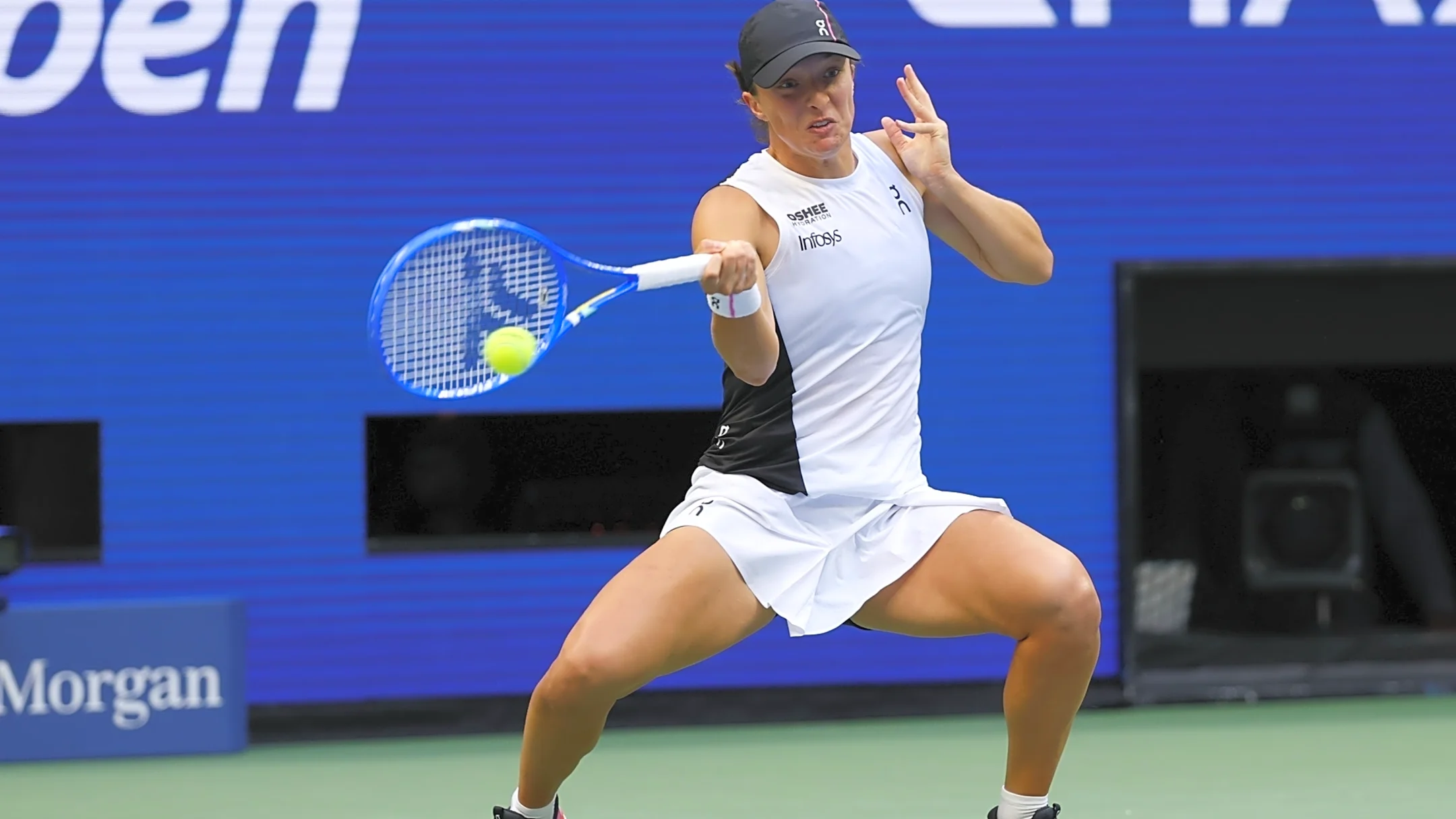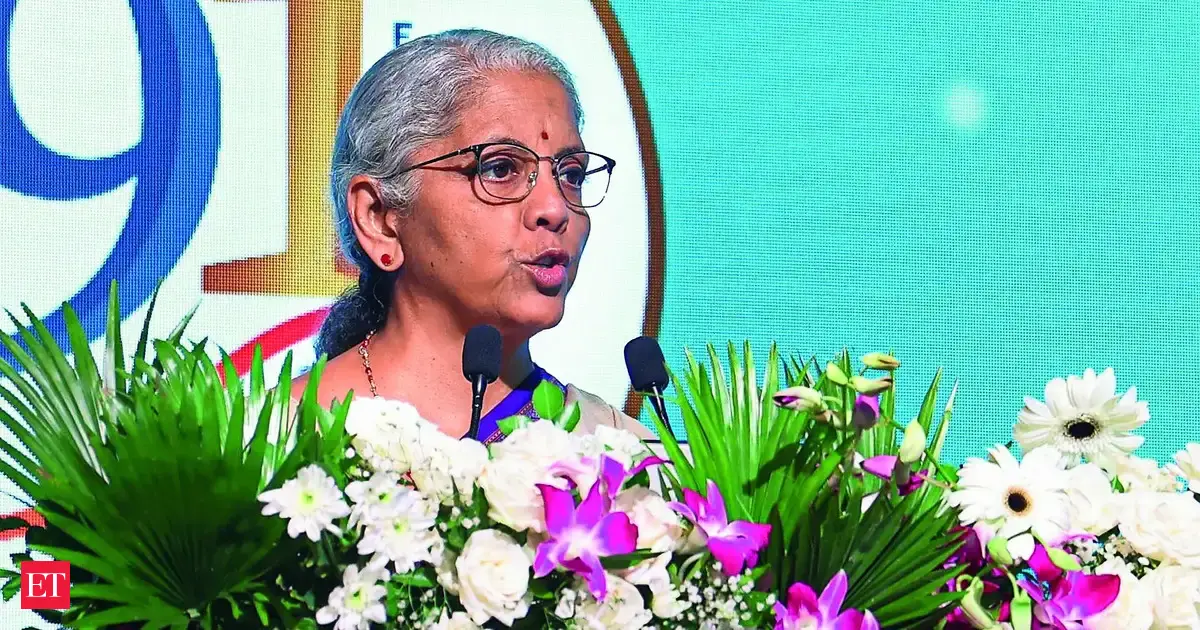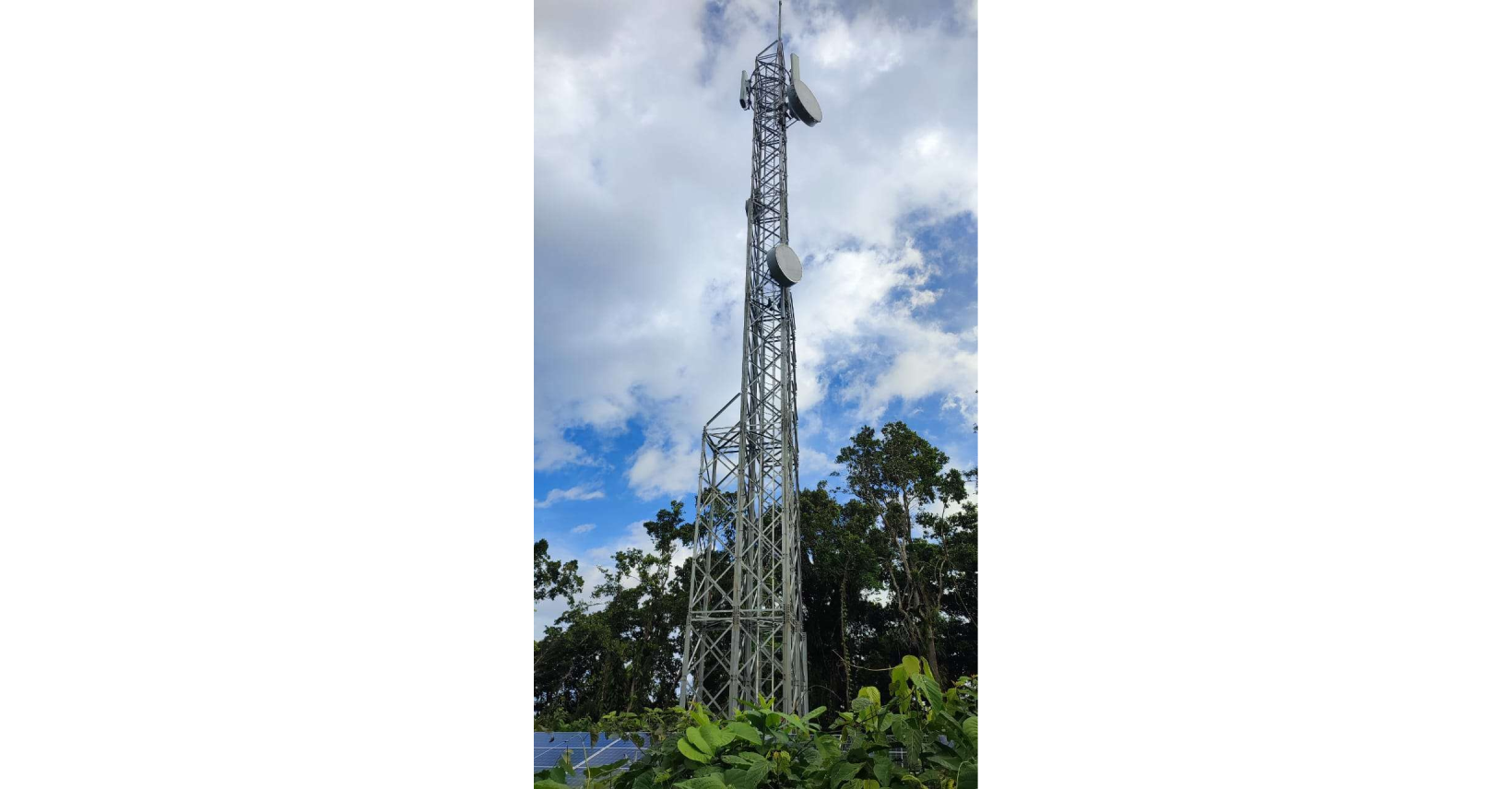By Fahad Hamid,Total Apex Sports
Copyright yardbarker

The China Open: Another Stop on the Endless Journey
Now Swiatek’s in Beijing, facing Colombia’s Camila Osorio in the third round. It’ll be match number 73 for the year—a number that should make anyone’s head spin. The two have only met once before, at the 2023 Australian Open, where Swiatek won comfortably 6-2, 6-3. But here’s the thing: past results don’t matter when you’re running on fumes.
The irony? Swiatek’s been absolutely on fire lately, reaching the final in four of her last six tournaments with a 16-2 record since returning to hardcourts. She’s playing some of the best tennis of her life while simultaneously calling out the system that’s demanding this level of performance year-round.
The Numbers Game: Chasing Sabalenka While Running on Empty
Speaking of the bigger picture, Swiatek still has a shot at catching Aryna Sabalenka for the number one ranking before the year ends. And here’s where the schedule controversy gets even more ridiculous—Sabalenka is taking a well-deserved break this week, skipping the China Open after her North American campaigns. Smart move, honestly.
But for Swiatek, there’s no such luxury. She’s the first seed in Beijing, which means she’s expected to be there, grinding it out, match after match, regardless of how her body feels or what her mental state is. Because in tennis, apparently, taking care of yourself is a luxury, not a necessity.
The Real Cost of This Tennis Madness
What’s truly maddening about this whole situation is that the tennis powers-that-be seem oblivious to the long-term damage they’re inflicting. Sure, fans get more tennis to watch, and tournaments get their star power, but at what cost? We’re talking about athletes in their early twenties being expected to maintain peak performance for 11 months straight.
Swiatek’s approach of taking it “step by step” and dividing the year into manageable chunks is admirable, but it’s also a Band-Aid on a much bigger wound. The system is broken, and everyone knows it. The question is: how long will it take for someone in charge to actually do something about it?
Looking Ahead: More of the Same
As Swiatek prepares for her match against Osorio, she’s doing what she always does—focusing on the task at hand while secretly dreading the marathon that lies ahead. After China, there’s Wuhan, then the WTA Finals, and then finally, mercifully, the season ends.
But here’s the real kicker: after a brief respite, it all starts again. The four-week preseason, the eight-day vacation, and then another 11-month grind. It’s enough to make anyone question their life choices, even someone as talented and dedicated as Swiatek.
The tennis world needs to wake up and smell the coffee—or in this case, smell the burnout. Because when your top players are publicly calling your schedule “crazy,” maybe it’s time to admit that crazy isn’t always good for business.



